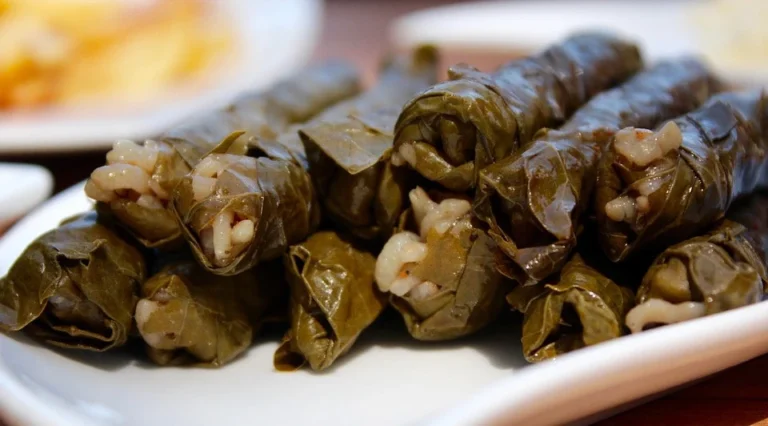Introduction: The Serbian Culinary Scene
Serbian cuisine is a rich blend of flavors, aromas, and textures that reflect the country’s history and geography. It is heavily influenced by neighboring countries and regional cuisines, making it a unique experience for food lovers. In recent years, Serbian gastronomy has gained global recognition, with many restaurants in Belgrade and other cities attracting foodies from all over the world.
What Makes a Dish a Delicacy?
A delicacy is a dish that is considered rare, expensive, or highly prized due to its taste, method of preparation, or cultural significance. It is often reserved for special occasions or served to guests as a sign of respect and hospitality. In Serbian cuisine, delicacies are typically dishes that require skillful preparation, premium ingredients, and time-honored techniques. They are often associated with cultural traditions, such as religious holidays or family gatherings, and are passed down through generations.
Traditional Serbian Dishes and Their History
Serbian cuisine has a long and diverse history, shaped by centuries of cultural exchange and migration. Some dishes date back to the medieval period, while others are relatively new inventions. Some of the most iconic Serbian dishes include cevapi, a type of grilled meat served with flatbread and onions; kajmak, a creamy cheese spread; and sarma, stuffed cabbage rolls. Other popular dishes include pljeskavica, a meat patty stuffed with cheese; gibanica, a savory cheese pie; and rakija, a fruit brandy that is ubiquitous in the Balkans.
Delicacies in Serbian Cuisine: From Meat to Sweets
In Serbian cuisine, there are many dishes and ingredients that are considered delicacies. One of the most famous is prsut, a dry-cured ham that is similar to Italian prosciutto. It is typically served thinly sliced with cheese and bread or as a garnish for other dishes. Another delicacy is ajvar, a red pepper and eggplant spread that is a staple of Balkan cuisine. It is made by roasting and pureeing the vegetables with garlic, oil, and spices.
In terms of meat, lamb and game meats such as wild boar and venison are highly prized for their flavor and tenderness. They are often slow-roasted or stewed with aromatic herbs and vegetables. On the sweet side, Serbian cuisine features a variety of desserts, including palacinke, thin pancakes filled with jam or cheese; and baklava, a pastry made with layers of filo dough, nuts, and honey syrup.
Discovering the Pinnacle of Serbian Gastronomy
For those looking to experience the best of Serbian gastronomy, there are several dishes and restaurants that are worth seeking out. One of the most famous is the roasted piglet from the village of Zlatibor, which is renowned for its crispy skin and succulent meat. Another is the kajmak cheese from the town of Sjenica, which is said to be the best in the country.
There are also many restaurants in Belgrade and other cities that specialize in traditional Serbian cuisine, such as Tri Sesira, which has been serving up cevapi and other local dishes since the 19th century. Other notable establishments include Ambar, which offers a modern twist on Balkan cuisine, and Homa, which focuses on game meats and seasonal ingredients.
Conclusion: Exploring the Best of Serbian Delicacies
Serbian cuisine is a treasure trove of flavors, textures, and aromas that are sure to delight food lovers of all stripes. From the hearty meat dishes to the sweet pastries, there is something for everyone to enjoy. By seeking out the country’s most iconic dishes and restaurants, visitors can discover the best of Serbian gastronomy and immerse themselves in the rich cultural traditions that have shaped this unique cuisine.

